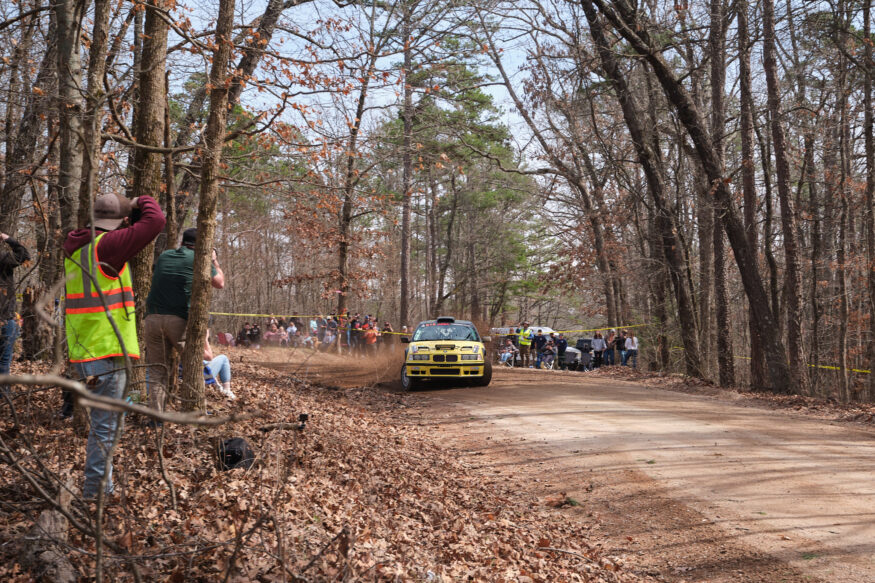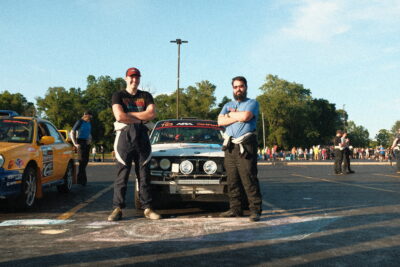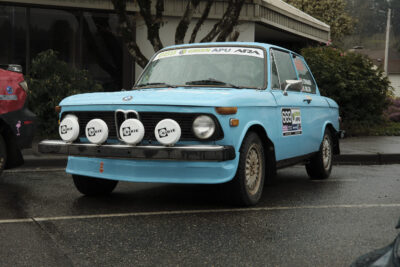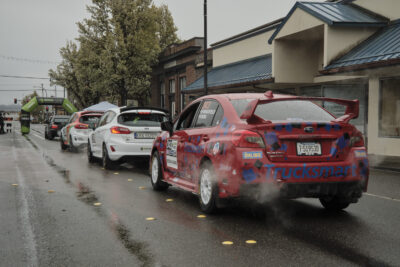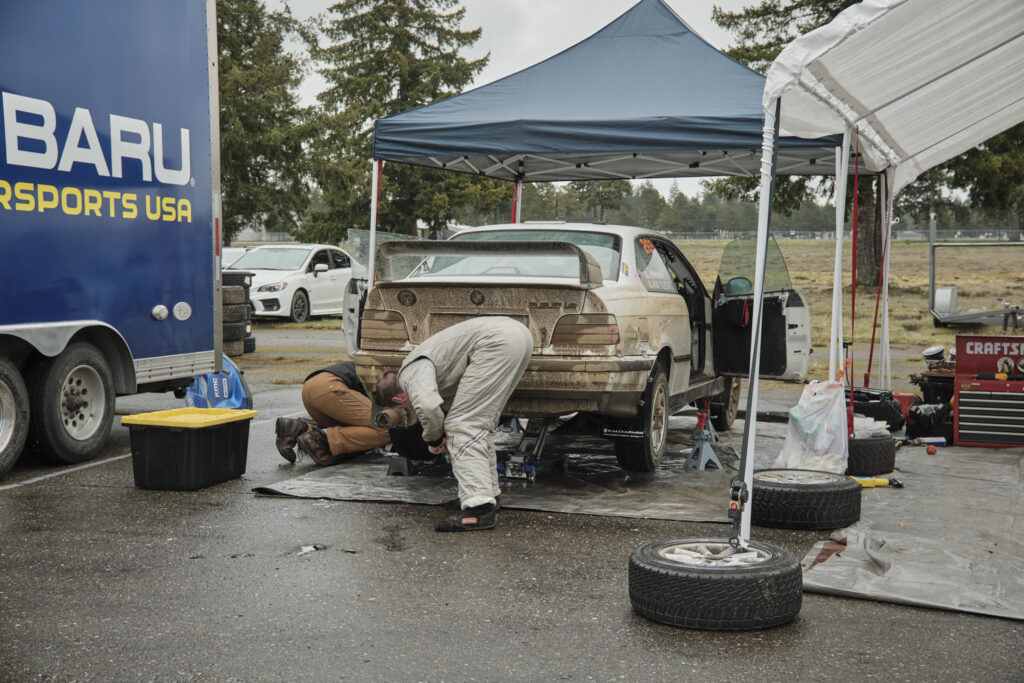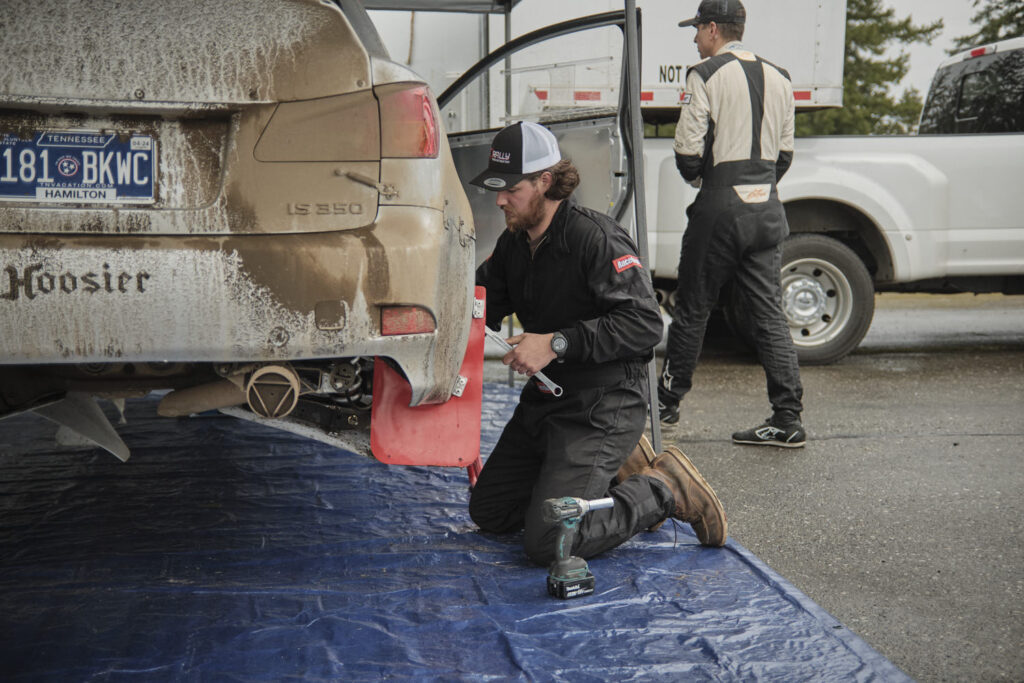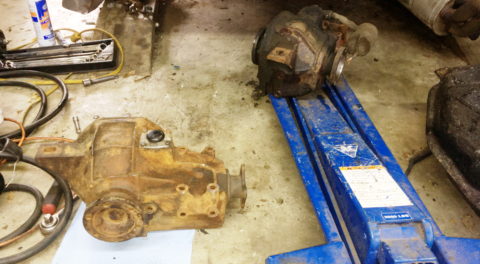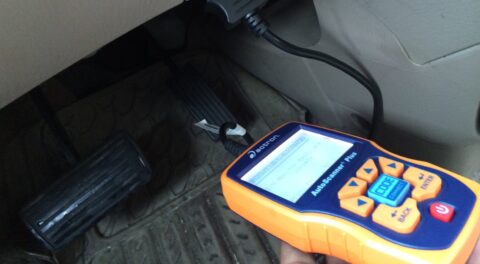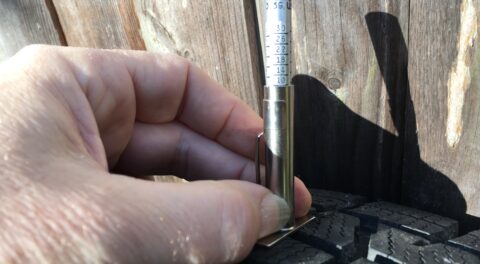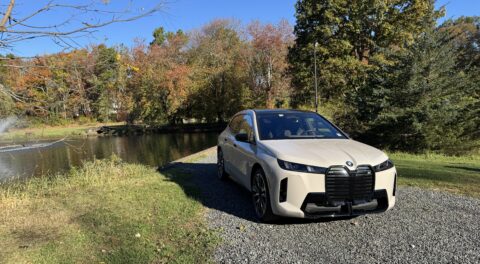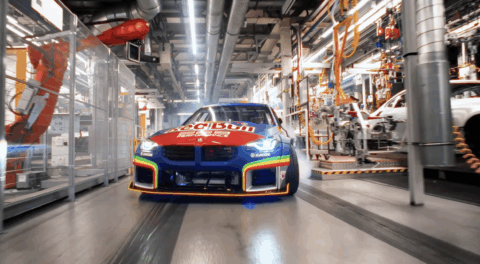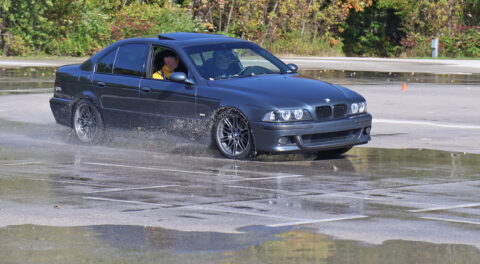If I told you I was taking you to see a motorsports event where we could get up close and personal to the racing and the cars, I bet you’d already have an image in your head of what that might look like. You’d likely ask me how much tickets are for trackside seats, then mentally add a bit for parking, and possibly add in the extra cost for pit passes so we could meet the drivers. You’d picture miles of pristine asphalt and concrete with crowded stands of people cheering. While all that imagery is pretty exciting, I’m here to help you to toss all of those expectations out the window and get ready for the experience of rally spectating.
Maybe by now you’ve read at least one of my stage rally articles, and it’s inspired you to see the sport first hand. Catching a wild rally car in its natural habitat deep in the forest isn’t quite as straightforward as a day at the track, which is why I’m committing an entire article to the topic. Stage rallies cover hundreds of miles over 2-3 days so you’ll want to do a bit of planning and preparation yourself to ensure you can capitalize on the different opportunities offered during a rally weekend. One major upside of rally spectating is that everything (aside from purchasing merch) is typically completely free!
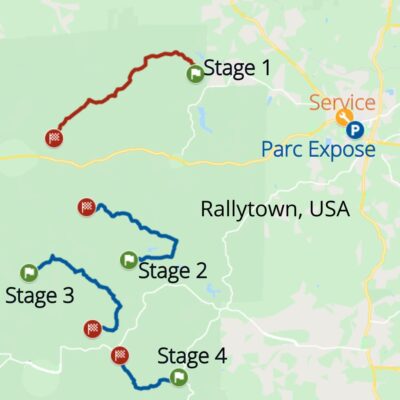
An example map of a rally. Parc Expose and the service areas are typically in town. The stages can be pretty deep in the forests.
There are 2 main sanctioning bodies in the US that organize stage rallies. They are the American Rally Association and NASA Rally. You can visit their websites to find the full calendar of the events and their location. Each rally will typically post a spectator guide a few weeks before the event. These guides contain a race schedule, maps, and directions to follow. You will want to ensure you can access this guide offline by either printing it or downloading it. I would also recommend paper maps of the area OR downloading the maps for offline use on the navigation device of your choice. I know this sounds like a lot, but remember, rallies happen in remote areas that often have little to no cell service.
Now let’s cover all the different places you can see the rally cars and what you might experience there.
Parc Expose is like a car show for rally cars. This is your best opportunity to meet the teams, get autographs, purchase merchandise, and get an up close look at the race cars. Parc is often the most accessible part of the rally since it is typically in town and lasts a couple hours. Be sure to talk to the Drivers and Co-drivers to learn more about the sport and get to know the teams. Unlike other top-level motorsports where drivers are often not accessible to everyone for meet and greets, rally drivers are required to attend parc and love meeting fans!
- Driver and Codriver posing with their car before the rally starts.
- You are sure to spot some beautiful BMW’s at the rally.
- Cars lined up for the ceremonial start.
A Super Special stage is a rally stage that is set up to be more spectator friendly and accessible to the public. Super Specials are very family friendly. They could be in town, on a track, at a park, or fairgrounds just to name a few common examples.
Another place you may see on the spectator guide is the service area or service park. If the rally car is damaged during the race this is where they go to be repaired like pit lane during a track race. The cars are only given 30 minutes to an hour for service in-between stages so repairs are done during scheduled times in a hurry! Check the event spectator guide to see if this area is open to the public and what times the cars should be there.
- Teams race to make repairs to an E36 rally car.
- Rally Crews must be ready to get dirty and make quick repairs.
Ok, now that we have covered some of the more accessible areas of a rally event, let’s put on our hiking boots and get ready to head out to the stages. There can be more than one spectator area each day. Carefully look at the times cars will be at the different spectator spots. Once you choose a spot to spectate from you will want to closely follow the directions and times given to you in the guide. You may think it is easier to follow your phone or GPS instructions but you may lose cell signal or you could be directed to take an impassable or inaccessible route. Spectator areas are typically located on a gravel road that intersects the stage and parking will be alongside the road. Plan to arrive at least 30 minutes early because you may have to park some distance up the road from the stage and hike in.
There is nothing like witnessing the sights and sounds of a rally car flying by you at top speeds! On the stages you get to stand roadside and watch the rally cars up close. Once the stage starts the first handful of cars will be spaced up to 2 minutes apart with subsequent cars flying by at 1 minute intervals. You will hear the cars off in the distance, the sound of wide open throttle echoing through the woods grows louder and louder as the cars approach. Suddenly you’ll see them through the trees with a trail of dust behind them. Rally teams love to put on a great show for fans and will often slide around the corner honking their horns and spraying gravel. As they disappear into the woods the sound quiets until you hear the rumble of the next car off in the distance.
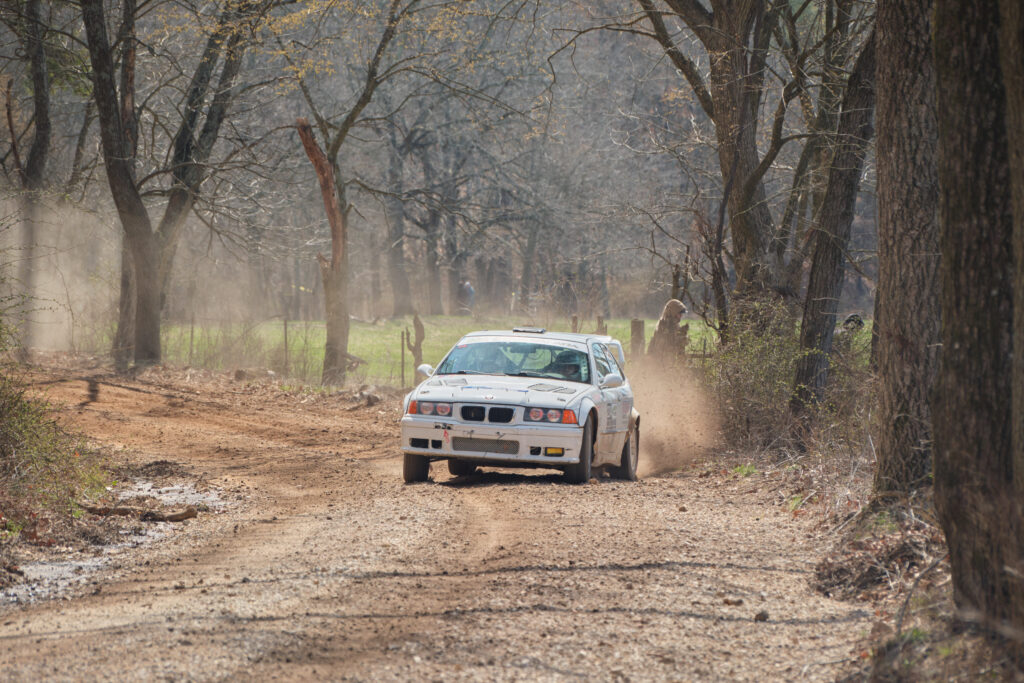
Spectating at a rally means you will be outside in the forest for a few hours. Wear appropriate clothing and footwear to be in the forest. Keep small children and pets with you at all times. If they are sensitive to loud noises bring hearing protection. Bring snacks, drinks, chairs, sunscreen, bug spray, etc. I know that all of this can sound like a lot, but rally fans, just like the drivers, have a sense of adventure. You also can’t beat the fact that you can see America’s best rally teams competing at the top level for free! When you leave, keep our forests clean and pack your trash out with you.
Rally is a dangerous sport, and organizers work hard to ensure fans can watch safely. Not following rules or instructions given to you by marshals can disrupt the race. Marshals have the ability to stop the race at any point if they feel spectators are unsafe. So make your plans, go prepared, and get excited about (safely) enjoying this incredible experience!
Tags: free rally racing spectating

